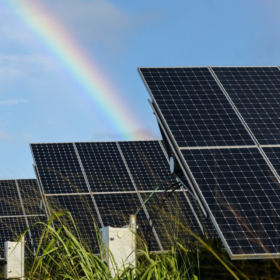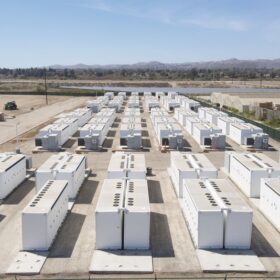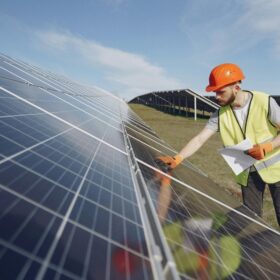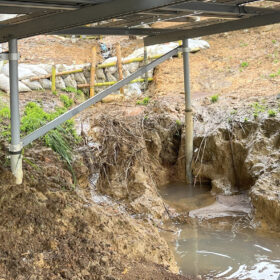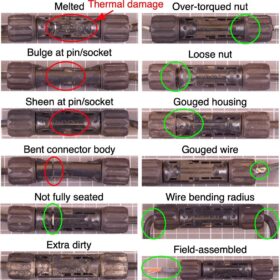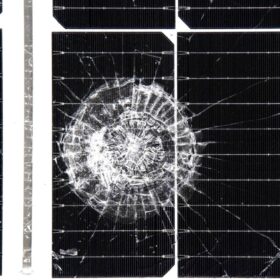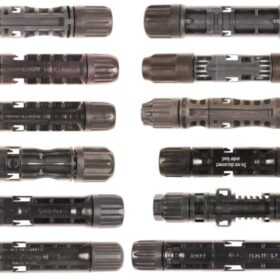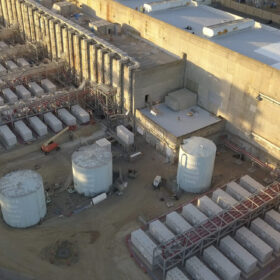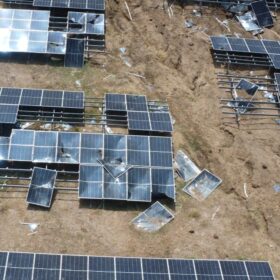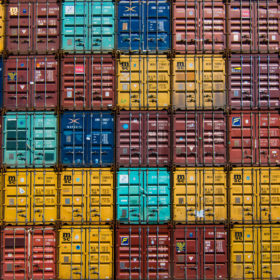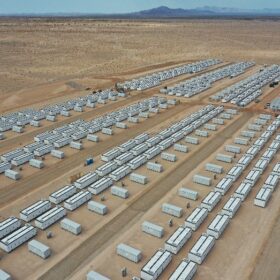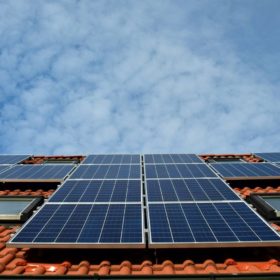Quantifying uncertainty to produce more useful solar generation forecasts
Renewable energy firm PowerUQ advocates for the use of Uncertainty Quantification (UQ) in solar project analytics to combat the widespread issue of performance shortfalls. By incorporating a wider range of variables and providing probability scenarios like P50 and P90, UQ aims to make solar generation forecasts more useful and accurate over a project’s long lifespan.
Repowering trackers can extend profitability of solar arrays entering their golden years
As older solar projects reach the end of their design life, the need for repowering, replacing or upgrading aging components, is becoming a crucial consideration for asset owners.
Operational issues hit returns in one in five battery storage projects, report finds
A recent report from battery intelligence firm Accure reveals that while most battery energy storage systems (BESS) operate reliably, nearly 19% of projects experience reduced returns due to technical issues and unplanned downtime.
Most solar assets have significant quality issues, says HelioVolta
HelioVolta analysis says bad wiring and connections are the most common source of significant problems.
Solar floodplains and fault lines
With the early expiration of key US solar tax credits in 2026 and 2027, solar developers from the United States and Europe are looking to diversify, and the Asia-Pacific (APAC) region represents attractive prospects for many. But unpredictable site conditions can defy even the most experienced developers’ assumptions, causing delays and cost hikes. Upfront due diligence is vital, argue Clean Energy Associates engineers Nicholas Hudson and Evan Woolard.
Common failure mechanisms for solar connectors
Sandia National Labs researchers have created a new dataset on the rates and types of rooftop PV connector failures. Their analysis has shown that tight wire bending radius, extra dirty connectors, and loose nuts are the most common failure causes in 6,276 connectors deployed between 2014 and 2017 across seven U.S. regions.
New hail test aims to more accurately measure solar panel resilience
A new test curve for determining solar panels’ breaking point from hail uses a broader spectrum of impact energies and testing products.
Confused about PV connectors? Words matter
The National Renewable Energy Laboratory and Sandia National Labs have created a new nomenclature for PV connectors to reduce confusion amongst installers and developers, while improving deployment practices. They catalogued a sampling of twenty-five commercially available 4 mm connectors.
What can be learned from grid-scale battery fires?
Battery fires, while a rare occurrence given the number of lithium-ion batteries manufactured and deployed each year, are common enough to worry insurers and others in the industry. Following high-profile battery fires in 2024 and 2025, the industry is busy implementing solutions not only to reduce the risk of fire breaking out in the first place, but to contain and mitigate the risk of injury or damage should it happen. Conclusions from large-scale fire testing will be key.
Field tested hurricane survival strategies for solar
RMI has released Solar Under Storm III, analyzing solar power facilities in the hurricane-prone Caribbean and reviewing past storm impacts to identify six major failure modes and ten risk-mitigation specifications.
